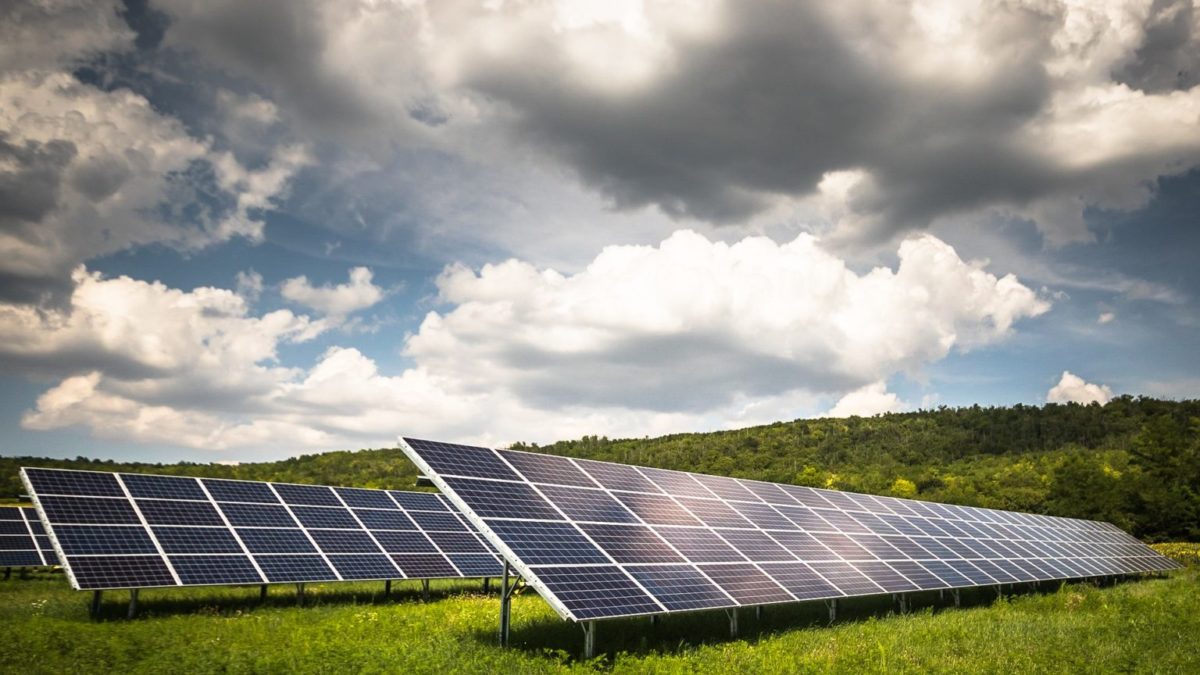From pv magazine USA
SEIA has lowered its solar installation forecasts for 2022 and 2023 by 46% due to the US government's circumvention case against solar imports from Southeast Asia.
According to an updated analysis based on the organization’s survey for solar workers and companies already affected by the investigation, SEIA has predicted that the case will result in a drop of 24 GW of planned solar capacity over the next two years, which is more solar than the industry installed in all of 2021. In losing this capacity, SEIA also estimates that the United States will emit an additional 364 million metric tons of carbon by 2035, missing the opportunity to effectively take 78 million internal combustion-engine vehicles off the road. By 2025, the imposition of tariffs will cause solar capacity to fall 75 GW short of the pace needed to reach the president’s goal, equal to the size of the entire US solar market prior to 2020.
These predictions are based on the assumptions of an affirmative decision on the Auxin petition, with tariffs imposed in the 50% to 250% range. The forecast is also based on sharply restricted module import supplies from countries named in the investigation, with manufacturers in unnamed countries needing time to pick up the slack.
According to the most recent publication of SEIA’s survey, with more than 700 responses by April 26, 83% of the respondents that purchase or use modules reported cancellations or delays in their module supply agreements. This is up from 75% reports of cancellations or delays when the first results of the survey were released on April 5, with those results stemming from roughly 200 respondents,
The impact is not just on solar projects. About 65% of respondents working in energy storage said they expect the investigation to have a devastating to severe impact on their business as well.
Project purgatory
Based on SEIA’s voluntary reporting, responses have outlined to SEIA that a total of 318 utility-scale projects accounting for 51 GW of solar capacity and 6 GWh of attached battery storage are being canceled or delayed. What’s more is that a large percentage of delayed projects could move into the realm of cancelation, as developers don’t know when they might be able to get modules and some delays may drag on to the point of project failure.
Popular content
With respondent data from 39 states, all but two of those states are reporting utility scale project cancellations and delays above 100 MW in capacity. Leading the pack is Texas, with just over 13 GW of projects at risk, California at 7.5 GW, Ohio at 4.4 GW, Indiana at 3.6 GW, and Illinois at 2.5 GW. The figures are especially problematic for Ohio and Indiana, both of which are states that have historically not been leaders in installing solar, but have hit their stride as of late and had been projected to be two of the most active states across the entire country for development over the next five years.
SEIA shares that these figures also likely only represent a fraction of the investigation’s true impacts. Across the United States as a whole, 42% of the known utility-scale solar development pipeline has been disrupted. Indiana and Idaho both reported 100% of each state’s known pipeline being disrupted.
In the top-five states, every gigawatt of canceled projects represents roughly $1 billion in investment at risk. The ratio is actually a bit higher in California, where 7.5 GW of at-risk projects account for roughly $8 billion in investment risk.
Around 70% of survey respondents report that at least half their solar and storage workforce is at risk and more than 200 companies report that their entire workforce is at risk.
“If tariffs are imposed, in the blink of an eye we’re going to lose 100,000 American solar workers and any hope of reaching the president’s clean energy goals,” said SEIA President and CEO Abigail Ross Hopper. “This would be a monumental loss for our nation, which has the potential to lead our clean energy future, with the right policies. Instead, the Commerce Department is on track to wipe out nearly half of all solar jobs and force a surrender on the President’s climate goals.”
It’s important to clarify that the figure of 100,000 jobs lost also includes new jobs not added, though SEIA asserts that the vast majority would be layoffs of existing workers. 16,000 to 18,000 solar manufacturing jobs would be not realized between 202223 due to the imposition of tariffs, the majority of which would be layoffs. For context, roughly 31,000 people were employed in solar manufacturing in 2020, the most recent year for which survey data is available.
This content is protected by copyright and may not be reused. If you want to cooperate with us and would like to reuse some of our content, please contact: editors@pv-magazine.com.



3 comments
By submitting this form you agree to pv magazine using your data for the purposes of publishing your comment.
Your personal data will only be disclosed or otherwise transmitted to third parties for the purposes of spam filtering or if this is necessary for technical maintenance of the website. Any other transfer to third parties will not take place unless this is justified on the basis of applicable data protection regulations or if pv magazine is legally obliged to do so.
You may revoke this consent at any time with effect for the future, in which case your personal data will be deleted immediately. Otherwise, your data will be deleted if pv magazine has processed your request or the purpose of data storage is fulfilled.
Further information on data privacy can be found in our Data Protection Policy.